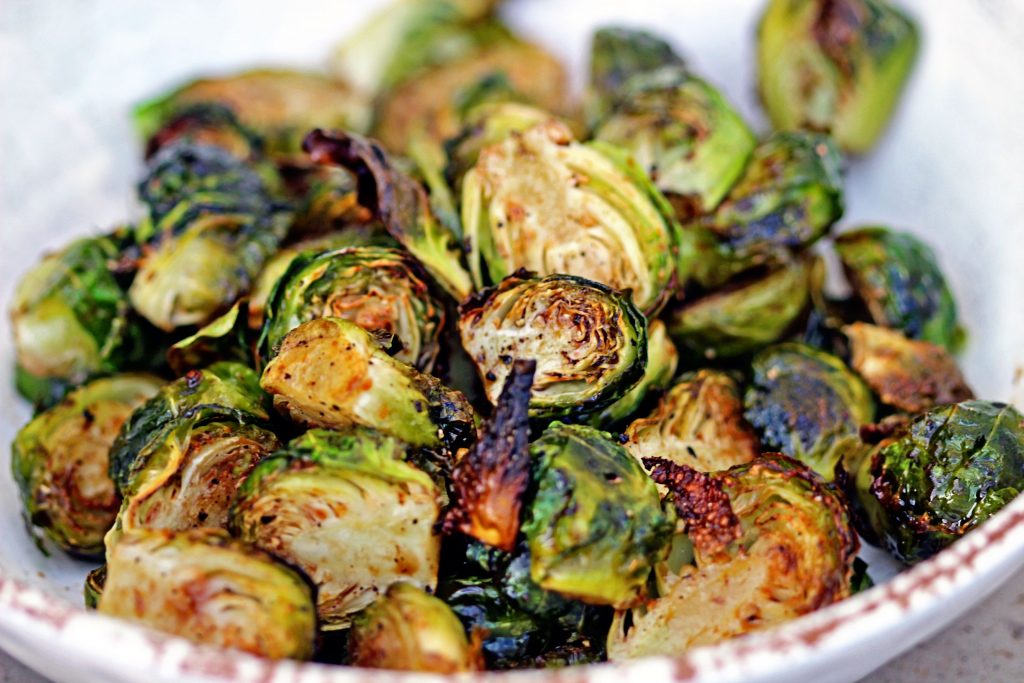Brussels sprouts are an excellent source of nutrition, and they can be preserved over the long-term with ease. However, they’re not the tastiest, and they don’t rank high on many lists of must-have foods in an emergency as a result. Let’s take a look at a simple canning recipe that can change all of that by adding a little bit of zest and bite to the finished product.
Ingredients:
5 pint-sized canning jars
5 lbs of Brussels sprouts
5 cups of white vinegar
5 cups of water
5-7 cloves of garlic
2 teaspoons of red pepper flakes
6-8 tablespoons of pickling salt
Getting Started
Get your water bath canner ready and heated up before sterilizing your canning jars, and let the jars soak in hot water until you’re ready to fill them. Next, peel and cut each sprout in half before soaking them in a large bowl of water, mixed with a little bit of salt, for 15 minutes. When finished, divide the sprouts into 5 equal amounts and place them in each jar. They should fill about ¾ of the way up. Next, peel and smash each clove of garlic before placing one in each jar as well. Lightly-smashing the cloves will introduce more flavor into the pickling solution, but you can place them into the jars intact if you prefer. Next, divide the pepper flakes into 5 even amounts and place them in each jar as well.
Combine the vinegar, salt and water into a large saucepan or stockpot over medium heat until the mixture reaches a low boil. Cook and occasionally stir for about 5 minutes. Remove from heat and carefully pour equal amounts of liquid into each jar until ¼ of headspace remains. Jiggle the jars to remove any air bubbles and add more liquid as necessary in order to maintain headspace. Wipe down the rims with a towel before attaching and tightening the lids and bands.
Processing and Storage
Carefully place the sealed jars into the canner and make sure they are completely submerged by at least an inch of water. Add water if necessary, and start the processing time once it begins to boil. Pint jars need to be processed for 10 minutes at sea level, but don’t forget to adjust the processing time for altitude. If you decide to use quart jars, process them for 15 minutes.
When finished, remove the jars from the canner, and let them cool overnight at room temperature. Once they’ve cooled, check the jars for damage, and make sure that each one is properly-sealed before labeling, dating and storing them in a cool, dry place. The shelf life for properly-sealed and stored jars is around 18-24 months, but try to eat them sooner to enjoy maximum freshness and to minimize waste.
Try this for yourself, and see how this is a great item to have in your pantry now and emergency stockpile later. Feel free to experiment with different spices and seasonings to create different pickling flavors, and share any ideas that can help to improve this basic recipe.
